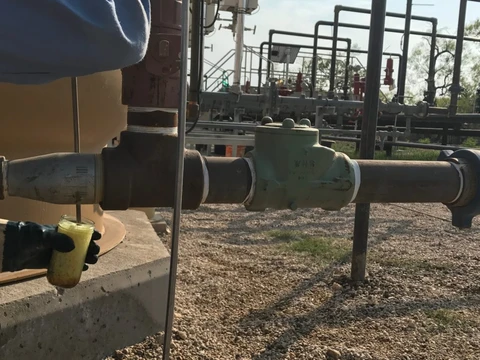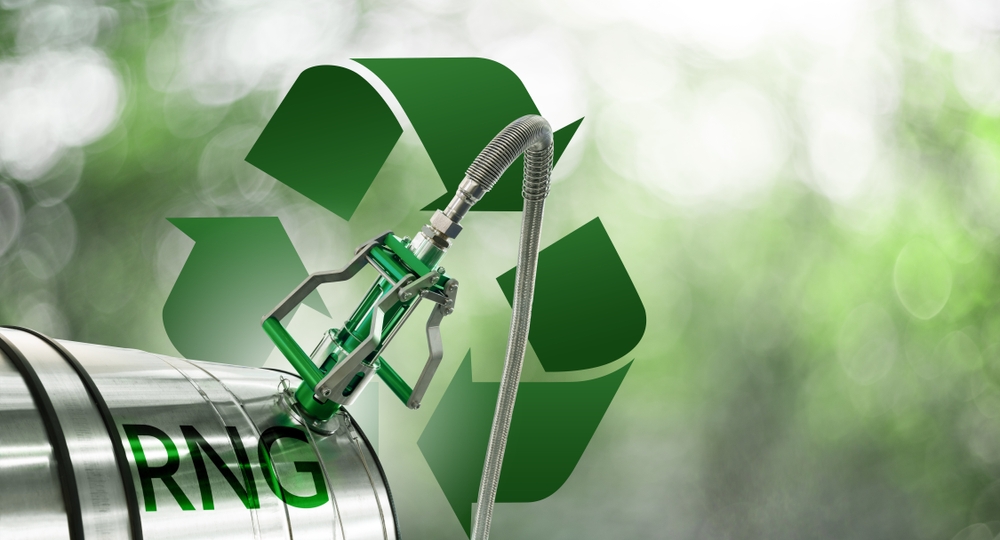
Friday, October 6, 2017
Avoiding Costly Mistakes – The Importance of Sampling in H2S Testing
Testing for H2S Getting an accurate sample of Hydrogen Sulphide (H2S) whether in gas or in crude oil is crucial…


Q2 Technologies Team
Experts in H2S Scavenging Solutions
With decades of combined experience, the Q2 Technologies team specializes in innovative hydrogen sulfide (H2S) scavenging solutions for the oil and gas, wastewater treatment, and industrial sectors.
Testing for H2S
Getting an accurate sample of Hydrogen Sulphide (H2S) whether in gas or in crude oil is crucial for safety, environmental and marketing purposes. Measuring H2S in natural gas is straight forward since the H2S is only in the gaseous phase.
Measuring H2S in crude oil brings a challenge. H2S can be measured in the liquid phase of the crude as parts per million by weight (ppmw) or it can be measured in the headspace in the gaseous phase as parts per million by volume (ppmv).
Correlation between gas and liquid measurements brings a challenge because H2S can migrate from the liquid to vapor phase depending on temperature, pressure and type carbon chains within the hydrocarbon.
So What Does This Mean?
The lack of correlation causes discrepancies between test methods designed to measure H2S in the liquid phase and test methods designed to measure H2S in the vapor phase. The most common test method for vapor phase measurement is ASTM- D5705 which involves the use of a pump and glass tubes that stain when H2S is detected. The most common test method for liquid phase measurement is UOP-163 which involves a titration.
Field Measurements
H2S in the field is usually measured with stain tubes and a pump.
- The crude oil H2S is measured at ambient or well temperature which can cause high variability between readings.
- H2S can escape depending on the sampling procedure and how long crude oil is held within a sample bottle.
- H2S can vary significantly (>1000 ppm) from day to day at the wellsite.
Best Field Measurement Practices
Getting an accurate measurement begins with sampling.
- Get a fresh crude sample from a heater treater sample valve. The crude oil is still hot and it will be as fresh as it gets.
- Use a glass quart bottle and fill to 50% capacity.
- Close immediately.
- Shake vigorously for 30-60 seconds and take your measurement.
- Repeat if possible.
Best Laboratory Practices
The number one source for an inaccurate measurement will come when the crude oil is sampled at the well and transported to the lab.
- It is crucial that the samples are fresh and ideally coming from a heater treater sample valve.
- Use a glass quart bottle and fill to 100% capacity. Filling to 100% capacity will make H2S stay in the liquid phase and reduces chances for it to escape.
- Use thread sealing tape on the glass quart threads to ensure the best seal possible.
- Immediately store the bottles upside down in an ice chest.
- Test in a lab setting using a standardized test method within 6-12 hours.
- Obtain several samples to ensure repeatability.
Treating for H2S
Q2 Technologies has brought to market an innovative technology for H2S and Mercaptans removal. By removing sulfur compounds at the wellhead, a producer or an oil trader can sell the crude at a higher price. Its non-amine properties are favored by refineries and allows crude oil marketers to have more outlets for their crude. The use of the Pro3® essentially increases the value of a barrel and can remove over 100,000 ppmv of H2S.
Related Articles
HOW CAN WE HELP?
Have a question? Need a quote? Our technical staff is here to help you identify the right solution for your project requirements.






